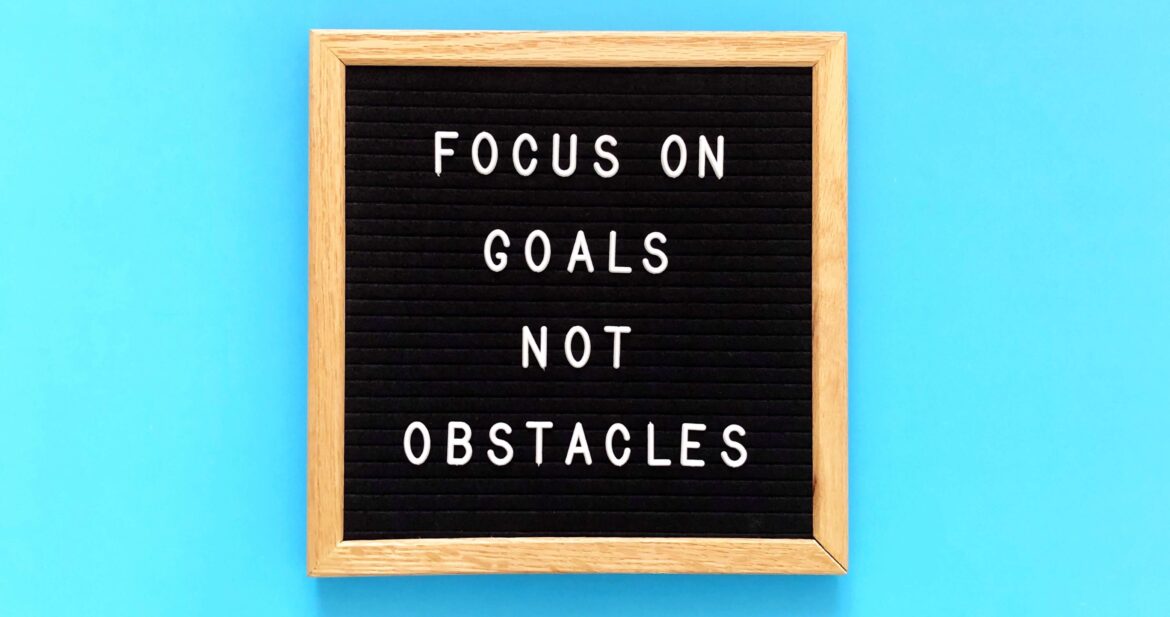Do you ever feel that you are working too hard to achieve goals at work, but even with all that effort, it feels like you are not getting anywhere?
Maybe you feel like you are in a rut. Or perhaps you feel like your end game is out of reach.
Chances are you have tried setting goals many times, but it just never seems to work out.
Don’t worry, it is not you. It may just be the way you set your goals. This time around, let’s set yourself up for success by creating SMART goals.
Creating SMART goals helps you clarify your ideas, narrow down your focus, efficiently use your time and resources, and increase your chances of achieving your dreams.
“Setting goals is the first step in turning the invisible into the visible.” -Tony Robbins
What are SMART Goals?
SMART Goals are goals that follow a formula used to help guide professionals, athletes, and other accomplished groups of people in goal settings. SMART Goals are essentially statements of important results you are aiming to accomplish.
All effective SMART Goals are designed to build a clear and mutual understanding of expected levels of performance and success from all parties involved.
What is the SMART Formula?
SMART is an acronym that stands for Specific, Measurable, Achievable, Relevant, and Time-based.
You need to meet each criteria in order to build an effective and successful SMART goal.
Goals that do not follow the SMART formula are difficult to achieve because they are either too vague or unrealistic.
Working toward an aggressive goal can make things feel daunting or unachievable and working toward a goal that is too vague provides little to no guidance on how you can achieve it.

Download our SMART Goals Worksheet here:
Now let’s demonstrate how to turn a goal like, “I want to make more money,” into a SMART goal.
S: Specific
You want your goal to be clear and specific about what you want to achieve. The clearer and more specific your goal is, the better you will understand the path you need to take.
For your goal to meet the specific criteria, it needs to answer the following questions:
- What do I want to accomplish?
- Who is involved?
- Where is it located? Now let’s add some specificities to our example goal:
“My goal is to make more money by meeting all the criteria need to achieve my year-end bonus.”
M: Measurable
For your SMART goal, you need to be able to keep track of your progress. That is why it is important to ensure that your SMART goal is measurable.
The measurable part of your goal should address questions like:
- By how much?
- How many?
- How will I know when I accomplished my goal and how will I track it along the way?
Going back to our Example goal, we have our specific criteria marked off. Now, we need to define how we are going to measure our progress in this goal.
Our specific and measurable goal will look like: “My goal is to make more money earning a year-end bonus by achieving all of the requirements for my bonus.”
Pro Tip: List each of the items you will need to measure to hit your goal and include what tool you use to measure them.
A: Attainable
It may seem redundant to have attainable as part of a criteria for a goal. Of course, you would want your goal to be attainable- who doesn’t?!? As redundant as it may seem, it is an essential part of making your SMART Goal.
Your goal should stretch your abilities and challenge you, but still remain attainable. When setting an attainable goal, you might be able to find other opportunities or resources that will propel you toward your goal.
When you are creating your SMART goal, it needs to answer these questions to meet the attainable criteria:
- What factors do I control that will help me accomplish this goal?
- Are there any constraints that I need to be aware of?
When we go back to our example goal, we want to include our answers from the questions above. It would look along the lines of this:
“My goal is to make more money earning a year-end bonus by achieving all of the requirements for my bonus. My goal is achievable because I am in control of these specific factors that will help me meet my bonus requirement.”
R: Relevant
The R in SMART goal stands for relevant. Does your goal align with your current situation? You would not want to create a goal that does not apply to the way you operate, your lifestyle, or interests.
A goal that meets the Relevant criteria would be able to answer “yes” to the following questions:
- Is this worth my time?
- Does this match my other efforts and goals and/or my responsibilities?
- Is this an appropriate time to achieve this goal?
For example, our original goal is, “I want more money.” An irrelevant version of that goal would be, “I will make money through Cryptocurrency” if you have a no interest or knowledge in crypto.
T: Time-Bound
To properly track your progress, you need to be clear when you want to to reach your goal. By adding a time constraint to your goal, you will have a deadline that you can work towards and help keep you motivated.
To meet the Time-Bound Criteria, your SMART goal should answer this question:
- When do I want to achieve this?
- What is the exact date?
When we add on to our example goal, it would look something like this:
“My goal is to make more money earning a year-end bonus by achieving all of the requirements for my bonus. My goal is achievable because I am in control of these specific factors that will help me meet my bonus requirement. I will complete my goal by 12/31 which is when I have to meet all criteria for the bonus.”
SMART Goals play a pivotal role in each professional’s success. Use this information and worksheet to implement SMART goals in your career and your team.
How Can Benchmark Training Help Your Team Succeed?
Benchmark Training helps companies build a culture of profitability through people development.
From executive leadership development, to frontline team member skills; when everyone communicates effectively, both internally and externally, companies create a competitive advantage that is difficult for their competitors to imitate.




